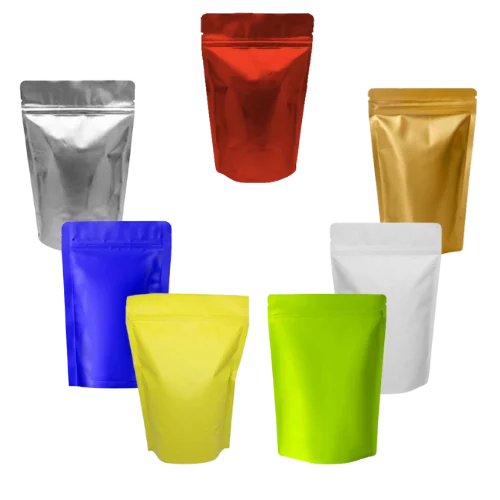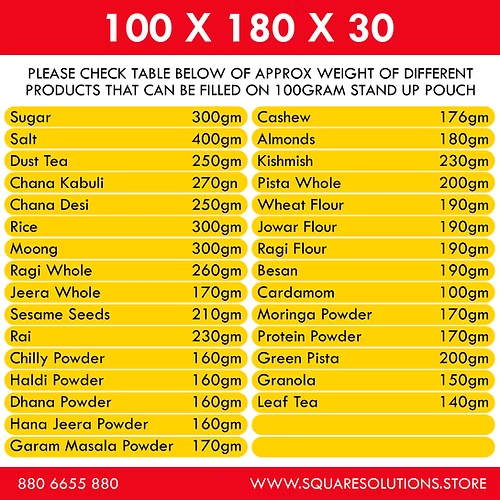Description
Emergence of Flexible Packaging: Flexible packaging, including pouches, emerged as an alternative to rigid packaging like cans and bottles in the mid-20th century. Flexible materials such as plastics, foils, and laminates offered benefits like lightweight, space-saving, and cost-effective packaging solutions.
Introduction of Stand-up Pouches: Stand-up pouches, initially without zippers, were introduced in the late 1960s and early 1970s. These pouches were innovative because they could stand upright on store shelves, maximizing visibility and shelf space. They typically featured a gusset at the bottom, allowing them to expand when filled with products.
Incorporation of Zipper Closure: The addition of zipper closures to stand-up pouches came later, likely in the 1980s or 1990s. This addition further enhanced the functionality and convenience of the pouches, allowing consumers to reseal them after opening, thereby maintaining freshness and extending shelf life.
Advancements in Materials and Manufacturing: Over time, advancements in materials science and manufacturing technologies led to improvements in the strength, barrier properties, and sustainability of stand-up zip pouches. Manufacturers developed various laminates and barrier films to protect the contents from moisture, oxygen, and other external factors.
Expansion of Applications: As the technology and design of stand-up zip pouches continued to evolve, their applications expanded across a wide range of industries, including food and beverage, pet care, pharmaceuticals, cosmetics, and household products. Their versatility, convenience, and sustainability made them a popular choice for both consumers and manufacturers.





Reviews
There are no reviews yet.